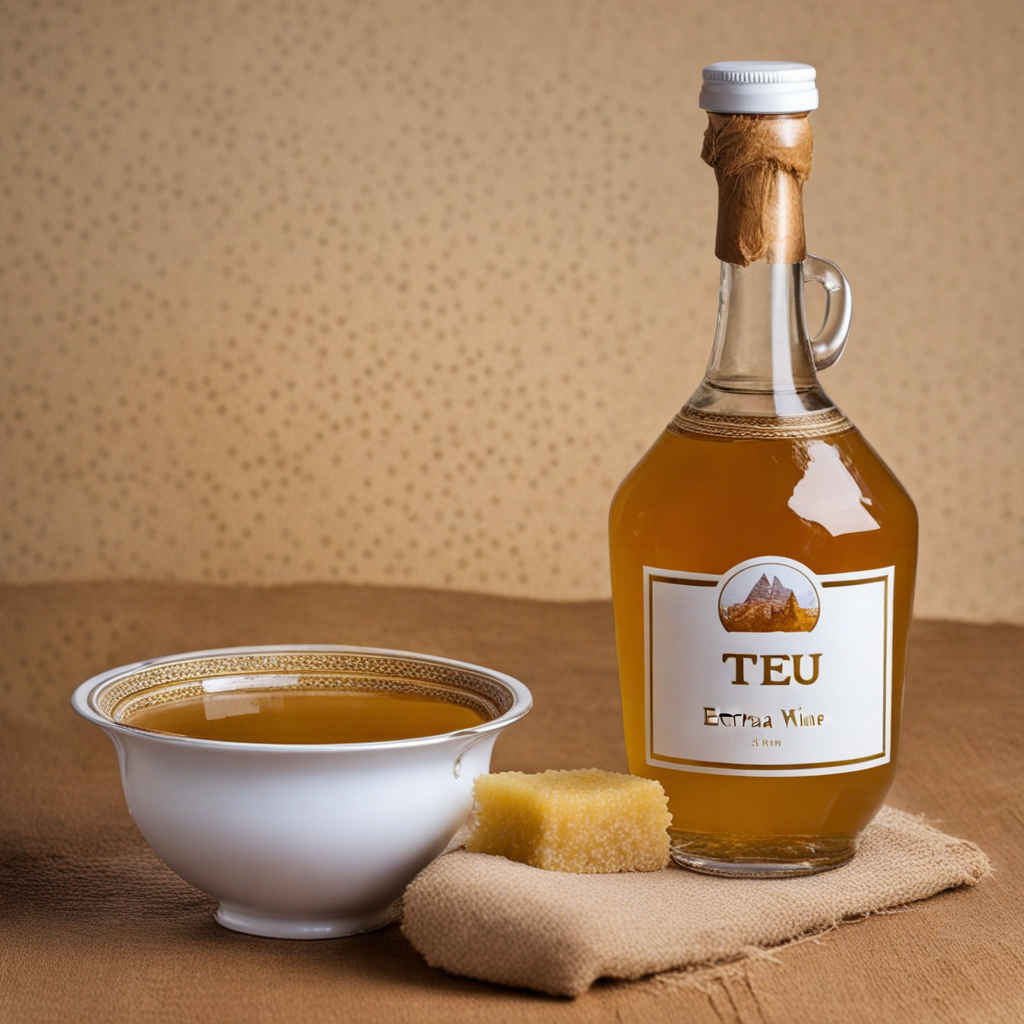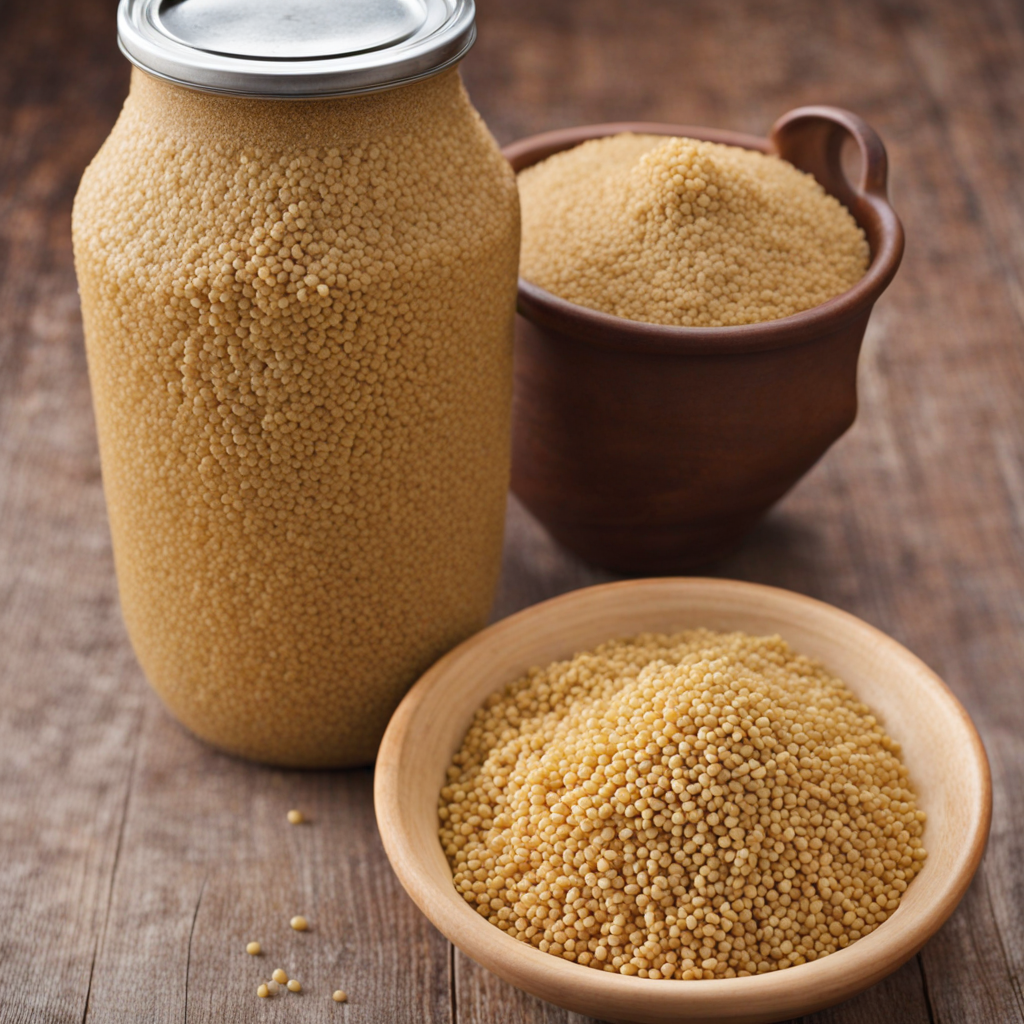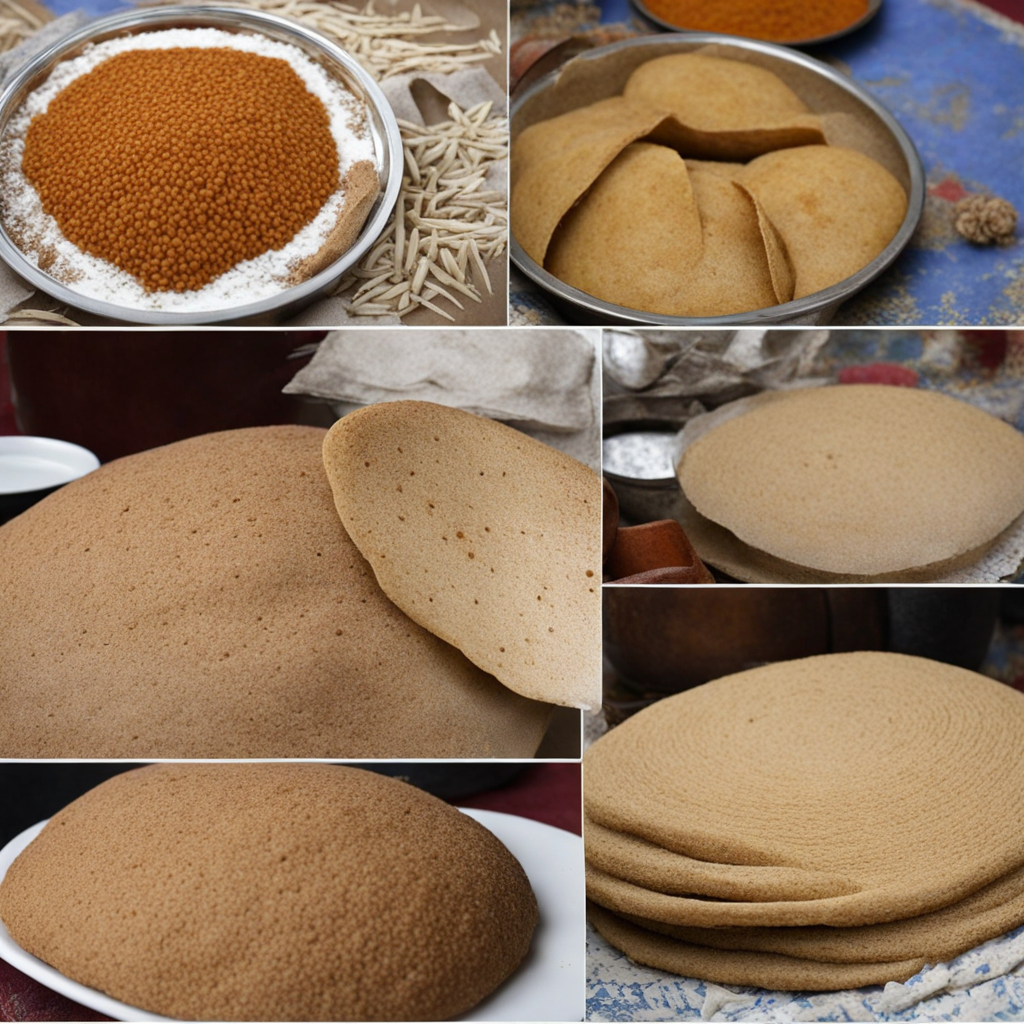Tej
Tej is a traditional Eritrean honey wine that embodies the rich cultural heritage of the region. Its primary ingredient, honey, is sourced from local beekeepers, and the fermentation process often involves the addition of a special type of hops known as 'bila' or 'gesho leaves.' This unique combination creates a sweet, tangy, and slightly effervescent beverage that tantalizes the palate. The golden hue of Tej, reminiscent of liquid sunlight, invites you to savor its aromatic bouquet, hinting at floral notes and the warm, earthy undertones of fermented honey. The taste of Tej is complex and layered, offering a delightful balance between sweetness and acidity. As you take a sip, the initial burst of honey sweetness is complemented by a refreshing tartness that lingers on the tongue. This duality makes Tej an exquisite accompaniment to a variety of Eritrean dishes, particularly spicy stews and grilled meats, where its crispness cuts through the richness of the food. Traditionally served in a distinctive curved flask called a 'berele,' Tej is often enjoyed during celebrations and communal gatherings, enhancing the experience of togetherness and hospitality. What sets Tej apart from other honey wines is its artisanal nature and the personal touch of each maker. In Eritrea, the art of brewing Tej is passed down through generations, with each family having its own secret methods and ratios of ingredients. This results in a diverse range of flavors and textures, from light and bubbly to rich and syrupy, depending on the local honey used and the fermentation process. Exploring Tej is not just about tasting a beverage; it's about immersing yourself in the vibrant culture of Eritrea and the stories that each sip tells.
How It Became This Dish
The History of 'ጠጀ' (T'ej) in Eritrea #### Introduction 'ጠጀ' (pronounced t'ej) is a traditional honey wine that holds a revered place in Eritrean culture. With roots deeply intertwined in the region’s history and social fabric, t'ej is more than just a beverage; it is a symbol of hospitality, celebration, and identity. This discussion will explore the origins of t'ej, its cultural significance, and its development over time. #### Origins of T'ej The origins of t'ej can be traced back to ancient times in the Horn of Africa, particularly in Ethiopia and Eritrea. The practice of fermenting honey into wine is believed to have been introduced by the ancient civilizations that settled in the region. Honey itself has been utilized for millennia, not only as a sweetener but also for its medicinal properties, and its role in religious rituals. Eritrea, with its diverse ethnic groups, each possessing unique traditions and customs, has contributed to the evolution of t'ej. The Eritrean Highlands, characterized by its favorable climate for beekeeping, provided a rich environment for the production of high-quality honey. The use of honey in the fermentation process, combined with the addition of various herbs and spices, gives t'ej its distinctive flavor and aroma. Historically, t'ej was made in simple homes using locally sourced honey, water, and a specific type of grass called ‘gesho’ (Rhamnus prinoides), which acts as a bittering agent and a natural fermenting agent. The fermentation process is relatively straightforward, allowing families to produce their own t'ej for personal consumption and special occasions. #### Cultural Significance T'ej is not merely a drink; it is a conduit for social interaction and cultural expression in Eritrean society. Traditionally, t'ej is served in a special glass called a 'berele,' which resembles a large, rounded vessel with a narrow neck. The presentation of t'ej in this manner is significant—it reflects the host's hospitality and respect for guests. In Eritrean culture, offering t'ej to visitors is a gesture of welcome and goodwill. It is customary for hosts to pour a small amount of t'ej into the berele and pass it around, allowing guests to partake in a shared experience. This practice fosters community and connection among individuals, reinforcing social ties and strengthening relationships. T'ej also plays a vital role in various ceremonies and celebrations. It is a fundamental component of weddings, religious events, and other communal gatherings. During weddings, for instance, the couple’s families present t'ej as part of the festivities, symbolizing abundance and the sweetness of life. This drink also accompanies traditional dances and songs, enriching the celebratory atmosphere. Moreover, t'ej has historical ties to the struggle for independence in Eritrea. During the armed struggle against Ethiopian rule, t'ej became a symbol of resilience and unity among Eritreans. It was often shared among fighters and supporters as a means of fostering camaraderie and a sense of purpose. This connection to the past has cemented t'ej’s status as an emblem of national identity. #### Development Over Time As Eritrea transitioned through various historical eras, so too did the production and consumption of t'ej. The arrival of colonial powers in the region, particularly the Italians in the late 19th century, introduced new agricultural practices and trade routes that influenced local food production, including the cultivation of grapes. While the Italians favored wine made from grapes, t'ej remained a staple among Eritreans, who continued to value their honey wine traditions. In the late 20th century, as Eritrea gained independence in 1993, t'ej underwent a resurgence in popularity. The period of conflict had heightened a sense of national pride, and traditional practices, including the production of t'ej, were embraced as symbols of Eritrean heritage. This resurgence also coincided with a broader movement to promote local products and culinary traditions, which saw t'ej being celebrated not only at home but also gaining recognition in the diaspora. In recent years, there has been a shift towards commercial production of t'ej. Several Eritrean enterprises have begun to bottle and market t'ej, allowing it to reach a wider audience both locally and internationally. While this has made the drink more accessible, it has also raised questions about authenticity and the preservation of traditional methods. Some artisans and producers remain committed to using age-old techniques, ensuring that the spirit of t'ej remains intact even as it evolves. Furthermore, t'ej has found its way into global food culture through Eritrean restaurants and events that showcase the rich culinary heritage of the country. Its unique flavor profile, characterized by the sweetness of honey and the bitterness of gesho, has attracted the attention of food enthusiasts and connoisseurs alike. As a result, t'ej is now appreciated not only as a local delicacy but as a part of the global tapestry of fermented beverages. #### Conclusion The history of 'ጠጀ' (t'ej) is a fascinating reflection of Eritrea’s cultural heritage and social dynamics. From its ancient origins and significance in communal gatherings to its evolution in response to historical changes, t'ej is a testament to the resilience and adaptability of Eritrean traditions. As it continues to evolve, t'ej remains a symbol of hospitality, celebration, and identity—a drink that encapsulates the spirit of a nation and its people. Whether sipped during a joyous occasion or shared among friends, t'ej serves as a reminder of the rich tapestry of history and culture that defines Eritrea.
You may like
Discover local flavors from Eritrea







